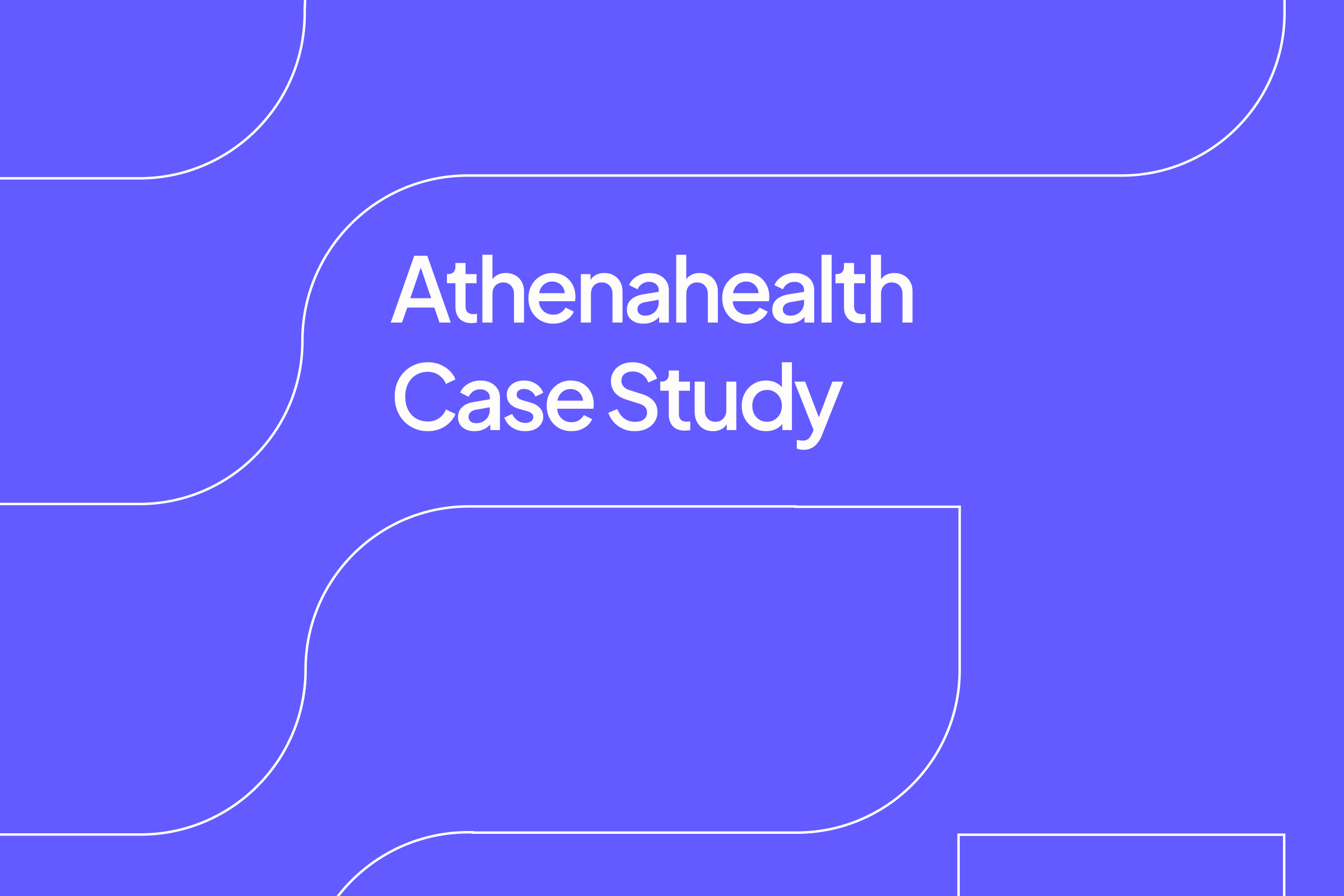
Top 8 Revenue Cycle Management Trends to Watch For in 2025
The healthcare industry is undergoing a significant transformation, driven by technological advancements, regulatory changes, and evolving patient expectations. Revenue Cycle Management (RCM) is at the heart of this evolution, ensuring financial stability for healthcare providers while enhancing the patient experience. Here are the top eight RCM trends to watch for in 2025.
AI & Automation for Efficiency
Artificial Intelligence (AI) and automation continue to reshape RCM by streamlining processes, reducing administrative burdens, and minimizing errors. AI-powered tools can automate claim submissions, detect anomalies in billing, and optimize workflows. Robotic Process Automation (RPA) further enhances efficiency by handling repetitive tasks such as data entry and eligibility verification. In 2025, AI-driven chatbots and virtual assistants are expected to play a larger role in patient interactions, improving response times and satisfaction.
Increased Focus on Patient-Centric Billing & Transparency
Patients are demanding greater transparency in healthcare costs, leading to a shift toward more patient-friendly billing practices. Providers are implementing clear, itemized bills and real-time cost estimates to help patients understand their financial responsibilities. Additionally, digital payment solutions, flexible payment plans, and financial assistance programs will be more widely available, enhancing the overall patient experience.
Growing Use of Predictive Analytics for Financial Forecasting
Predictive analytics is becoming a game-changer for RCM, allowing healthcare providers to anticipate financial trends and mitigate risks. By analyzing past data and patient behaviors, predictive models can help providers forecast cash flow, detect potential payment delays, and assess revenue opportunities. Advanced analytics also improve collections by identifying patients likely to struggle with payments and proactively offering tailored financial assistance solutions.
Tighter Regulatory Compliance & Price Transparency Rules
With increasing government scrutiny on healthcare pricing, providers must stay ahead of evolving compliance requirements. The No Surprises Act and other regulations demand greater price transparency, requiring providers to disclose costs upfront. In 2025, RCM teams will need to implement more robust compliance tracking tools to ensure adherence to new policies and avoid hefty penalties.
Greater Integration of EHRs & RCM Platforms
Seamless integration between Electronic Health Records (EHRs) and RCM platforms is crucial for improving operational efficiency. In 2025, interoperability will be a key focus, allowing providers to automate claim processing, enhance data sharing, and minimize errors caused by manual data entry. More providers will adopt cloud-based RCM solutions to enable real-time access to financial data across multiple departments.
Proactive Denial Prevention Strategies
Claim denials continue to be a major challenge for healthcare providers. In 2025, organizations will increasingly adopt proactive denial prevention strategies, leveraging AI-powered tools to identify and address potential issues before claims are submitted. Advanced analytics will play a pivotal role in pinpointing patterns in denied claims, allowing providers to refine their billing practices and reduce revenue leakage.
Growing Influence of Healthcare Consumerism
Patients are taking a more active role in their healthcare decisions, driving the need for a consumer-friendly RCM approach. In 2025, providers will need to enhance their digital engagement strategies, offering online portals, self-service payment options, and transparent pricing models. Personalized billing experiences, loyalty programs, and customer service enhancements will be essential to meeting consumer expectations and maintaining patient loyalty.
Increased Outsourcing of RCM Functions
With the complexity of RCM processes increasing, more healthcare providers are turning to outsourcing to improve efficiency and reduce costs. In 2025, third-party RCM vendors will offer specialized expertise in coding, billing, and compliance management, allowing providers to focus on patient care. Outsourcing RCM functions can also enhance scalability, ensuring providers can handle fluctuating workloads without compromising revenue integrity.
Conclusion
As we move into 2025, these eight RCM trends will shape the financial landscape of healthcare organizations. Embracing AI-driven automation, enhancing patient-centric billing, leveraging predictive analytics, and staying compliant with evolving regulations will be critical to optimizing revenue cycles. By adopting proactive strategies and leveraging technology, providers can improve financial performance while delivering a better patient experience.
How Ember Can Help
Ember is an AI-powered RCM solution that identifies denial bottlenecks within hours, enabling healthcare organizations to reduce denials by 55%. Our platform ensures seamless onboarding in three days or less, helping you optimize revenue cycle processes efficiently. Contact us today to learn how Ember can enhance your RCM strategy.
Sources
Lynn Hsing is a recognized leader in healthcare marketing. Having worked closely with health systems and providers, Lynn brings a nuanced understanding of the challenges they face — from administrative burden and claim denials to reimbursement delays and staff shortages. This firsthand insight has shaped Lynn’s ability to translate complex AI solutions into meaningful value for healthcare organizations.








